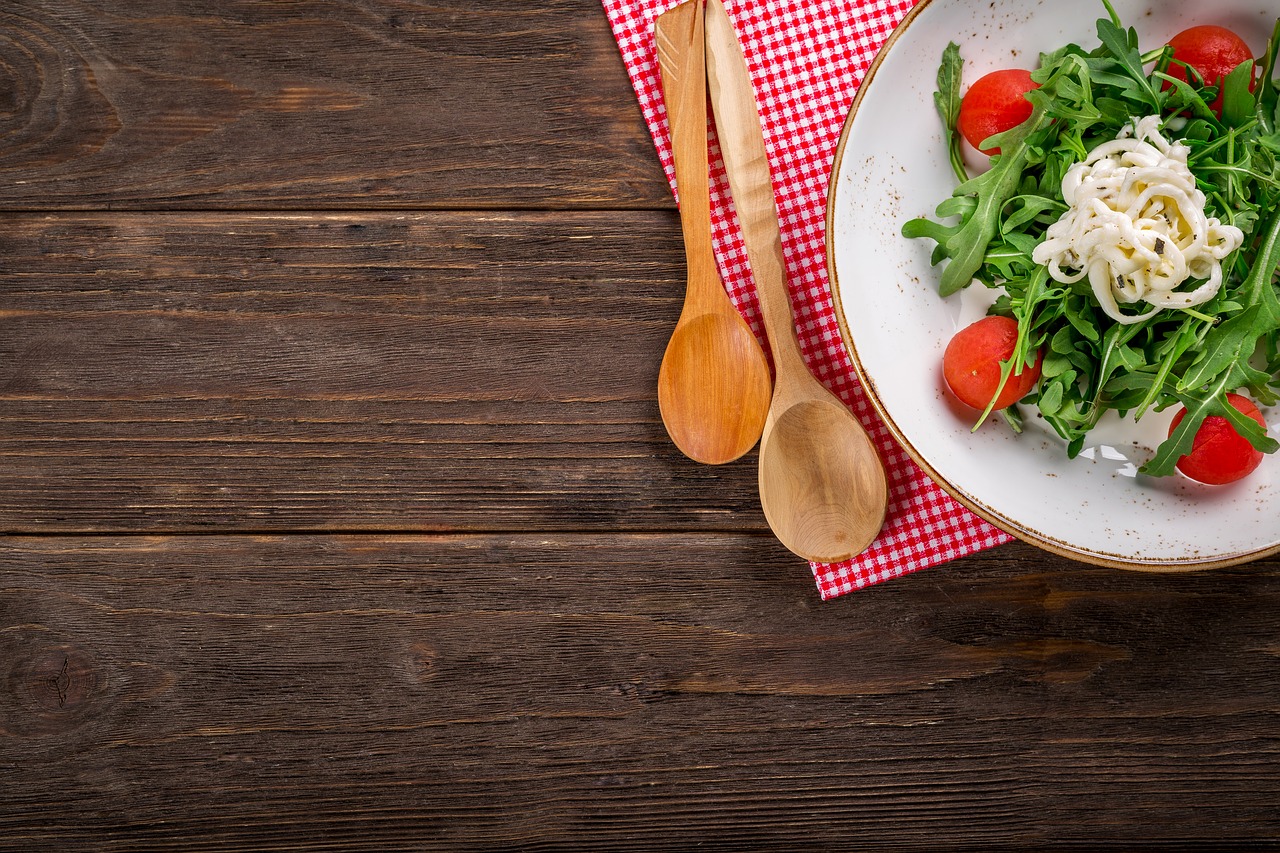Food waste: how much perfectly good food never reaches your plate?

How many times have you bought some fresh fruit just for it to end up in the bin just days later, or emptied your leftovers into the bin? It happens to the best of us – impulse buying, improper planning and being forgetful means a large amount of the food we buy goes uneaten. But the biggest cause for concern when we’re thinking about food waste is what happens between the produce growing in the field and arriving at your kitchen. It is estimated that between a third and a half of all food produced never makes its way onto a plate.
THE JOURNEY OF AGRICULTURAL FOOD WASTE
Losses occur at all stages of the food supply chain, from production to consumption. The proportions lost at each stage are highlighted on the infographics below.
Graphic key

![]()
INITIAL QUANTITY
According to a UN report from 2011, approximately 4 billion tons of food is produced globally each year, but one-third of this ends up going to waste.
![]()
AGRICULTURE
The first losses in food production occur due to infestations of pests and microorganisms, as well as agricultural machines that are unable to harvest an entire crop efficiently. Diseased livestock and fish bycatch also lead to losses.

![]() PROCESSING
PROCESSING
Edible food can end up going to waste in factories and processing plants. This can include the skin of ‘readypeeled’ veg or trimmings of meat, as well as products that have been contaminated or don’t conform to standards.
![]()
POST-HARVEST
After harvest, many items of produce can end up getting damaged or destroyed while in storage or being transported due to temperature and humidity changes or the presence of microorganisms and pests.
![]()
DISTRIBUTION
Retailers usually have strict standards for how produce must look; items may not be put on the shelves if they have bruising or are unusually shaped. Stores may also reject food deliveries if they have surplus stock already.
Large portion sizes at home and in restaurants, as well as misunderstanding ‘best-before’ labels, means a significant amount of good food is thrown away at the consumer end of the food production chain.


FIVE TIPS TO REDUCE FOOD WASTE AT HOME
- PLAN AHEAD
Making a shopping list and planning your meals for the week helps to make sure you only buy the ingredients you will need.
-
WATER YOUR VEGETABLES
You can keep vegetables in water to help them stay fresh and keep in your fridge for longer. Try this with stemmed veg such as broccoli, celery and asparagus.
-
FREEZE LEFTOVERS
Accidentally made too much cottage pie for the family? Invest in some freezer-safe containers and put leftovers in the freezer to save for another time.
-
GET CREATIVE
When food has already started to get a bit past its best, check out recipes you can still use it in. Older bananas can be great for making banana bread when they’re too mushy to eat on their own, and overripe avocados can still be used in guacamole.
-
START COMPOSTING
Rather than throw away vegetable peels or leftovers, you can make your own nutrient-rich compost for the garden.
For more science and technology articles, pick up the latest copy of How It Works from all good retailers or from our website now. If you have a tablet or smartphone, you can also download the digital version onto your iOS or Android device. To make sure you never miss an issue of How It Works magazine, subscribe today!





